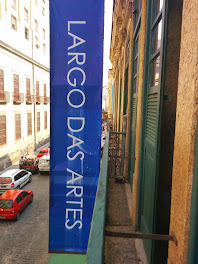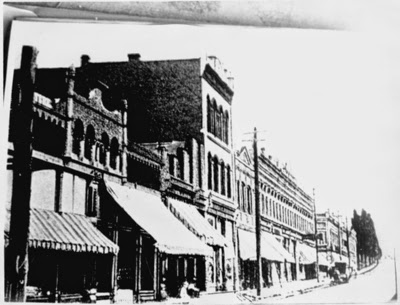I should probably start this year's blogging by answering these questions.
I've just started a 3month long residency at the Pottery of the Kohler Co. in Kohler, Wisconsin.
Among artists, clay people, the opportunity is known as the coveted Arts/Industry Residency, administered by the John Michael Kohler Arts Center. The artist workshop is on the casting floor, barely private, noisy and hot, which takes a bit getting used to.
Kohler is the leading manufacturer of sinks, toilets and all kinds of bath and sanitary products both in clay and in metal. The Kohler iron and steel foundry started in 1873 in Sheboygan, producing farm equipment.
The story goes that visionary Mr. Kohler enameled a feed trough, put 4 feet on it and started to market it as a bathtub. Riding the wave of interest in personal hygiene of the late Victorian era, the business proved most successful, moved a few miles out of Sheboygan, and grew into the current factory. By the 1910s, Kohler invented the first built-in bath with apron, and started designing new forms for sanitary ware in both cast iron and vitreous china, which (and this is very revolutionary) had continuous shapes where germs could not hide.
By 1917, the Olmsted brothers (see also Central Park, in NY) were hired to develop a long-term building plan for Kohler village. It must have been the most beautiful factory town of its age, and by now the only remaining one of its vintage. Its wide avenues edged with old trees, its curving streets and cute single family houses are very lovely, indeed.
And finally, what I'm doing here: This early into the residency I can only report about my intentions. What it ends up being by December is a complete mystery for me (as of yet) and I'm open to the adventure.
I'm in the casting shop, which means that I have plaster and clay slip in an abundance at my disposal. I had proposed to do a project that uses the old, broken production molds. In a way, my project salvages and redeems them by making molds of the broken plaster mold fragments and then making casts in multiples ("clones" of the original broken mold parts) in vitreous clay.
*Just a quick technical note: the clay casing slip used at Kohler is referred to as "vitreous china" because it is not a porcelain clay body, even if it looks like that fired and glazed. I will refer to it as "vitreous" in the future.
The broken plaster mold pieces have wonderful sculptural qualities, - I was hoping to use these ceramic "clones" in larger installations.
The first week slipped away fast as I was familiarizing myself with the many shops and departments at the Pottery. By Friday, I managed to find some retired molds which may or may not prove to be useful.
In the meantime, I was keeping busy by getting to know the clay and the glazes.
*Another technical note: Clay is amazing!!! Every claybody, - a wet mixture of clay minerals containing various percentages of ingredients, behaves differently. Kohler's vitreous was developed for a specific industrial process and scale and that's what it does best.
All week, I've been playing around with forms and construction methods, glaze colors and combinations. Most of the experiments are a complete failure but I learn a lot from them and every once in a while there is a result quite interesting. I really don't feel the pressure to go into production mode, as most artists would and do do when they get here. Being here is my opportunity to explore these materials and come up with new ideas that can only be done with these materials.
...Hmm, come to think of it: Can I have a swimming-pool filled with creamy white clay slip?
Sunday, September 25, 2011
Subscribe to:
Posts (Atom)







